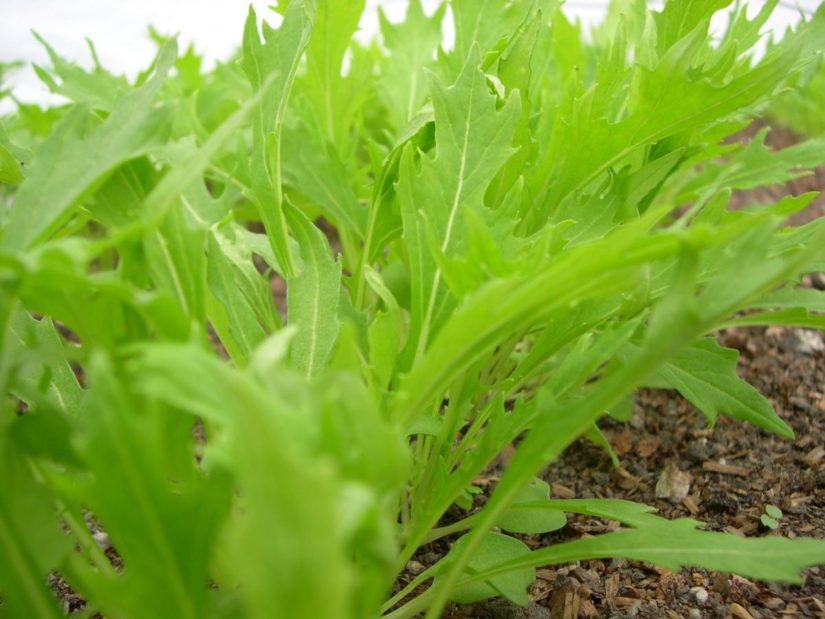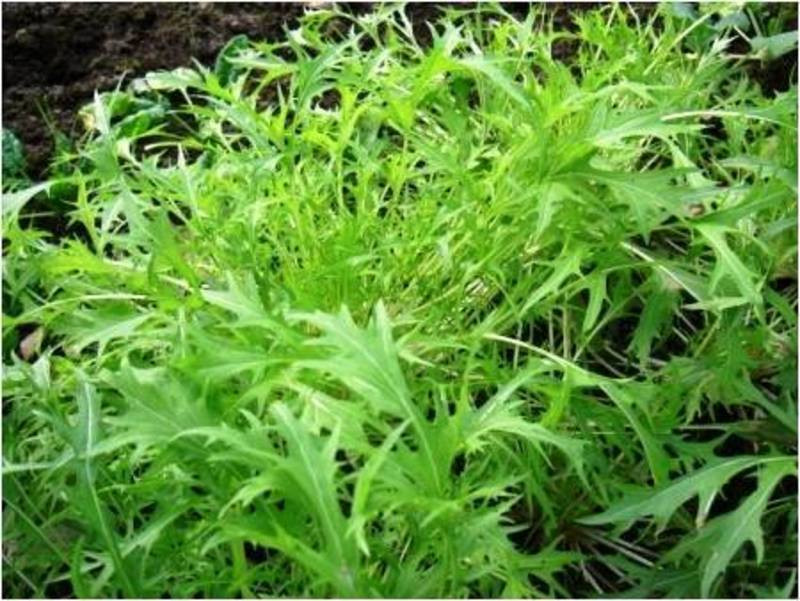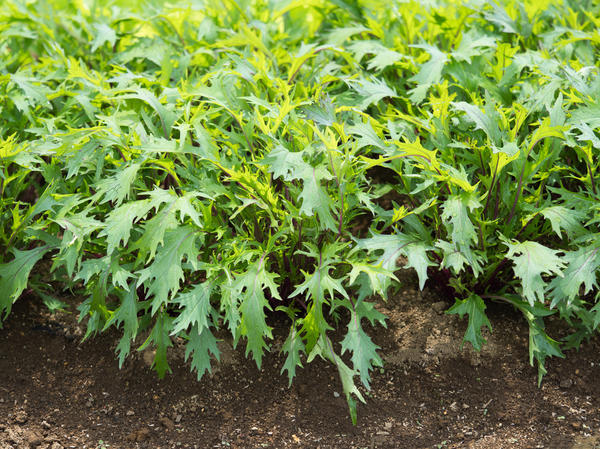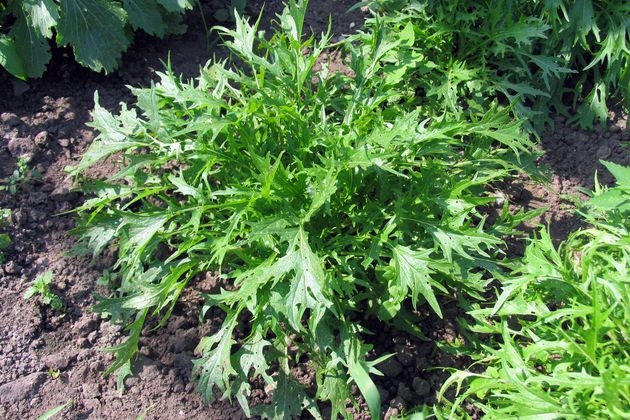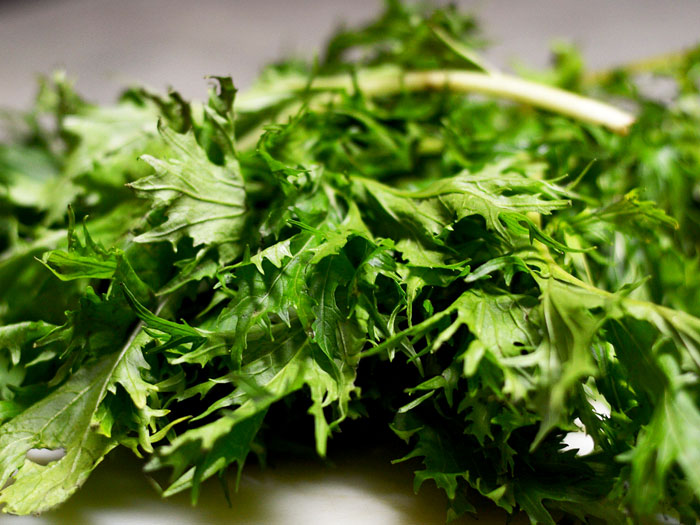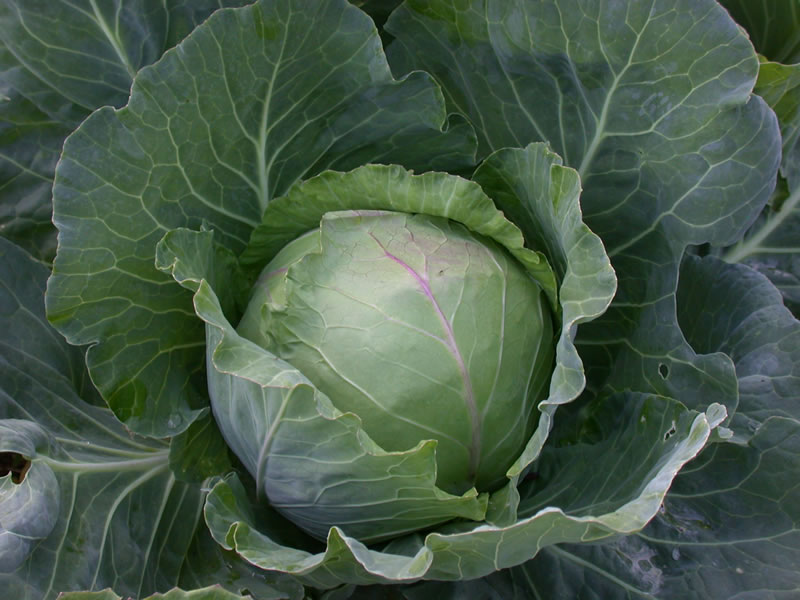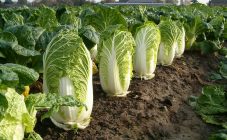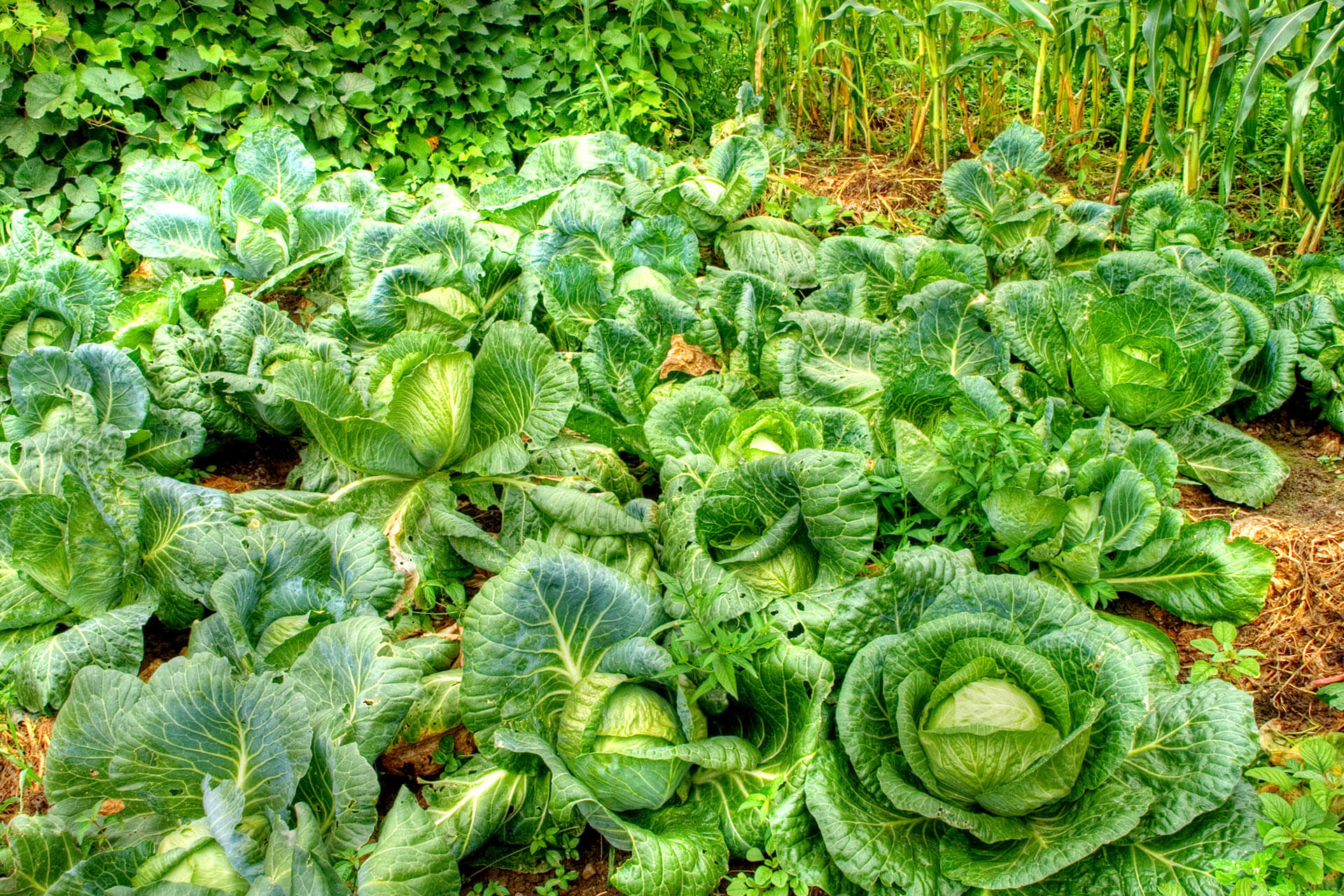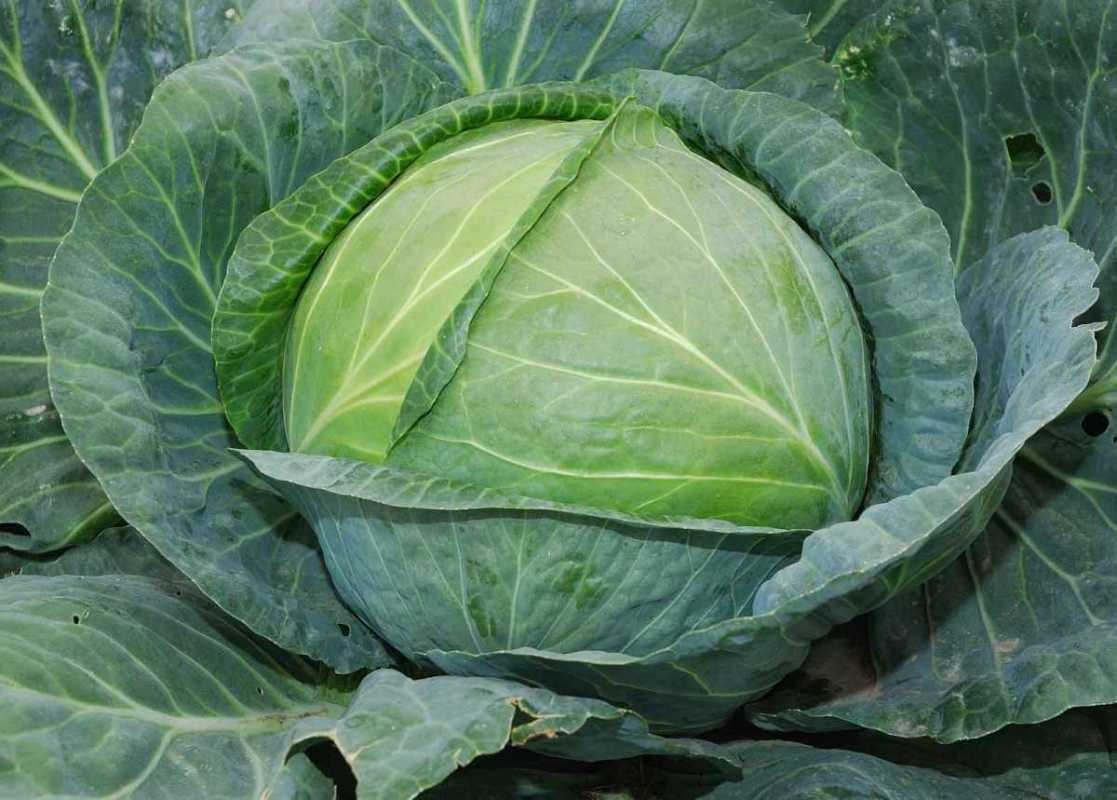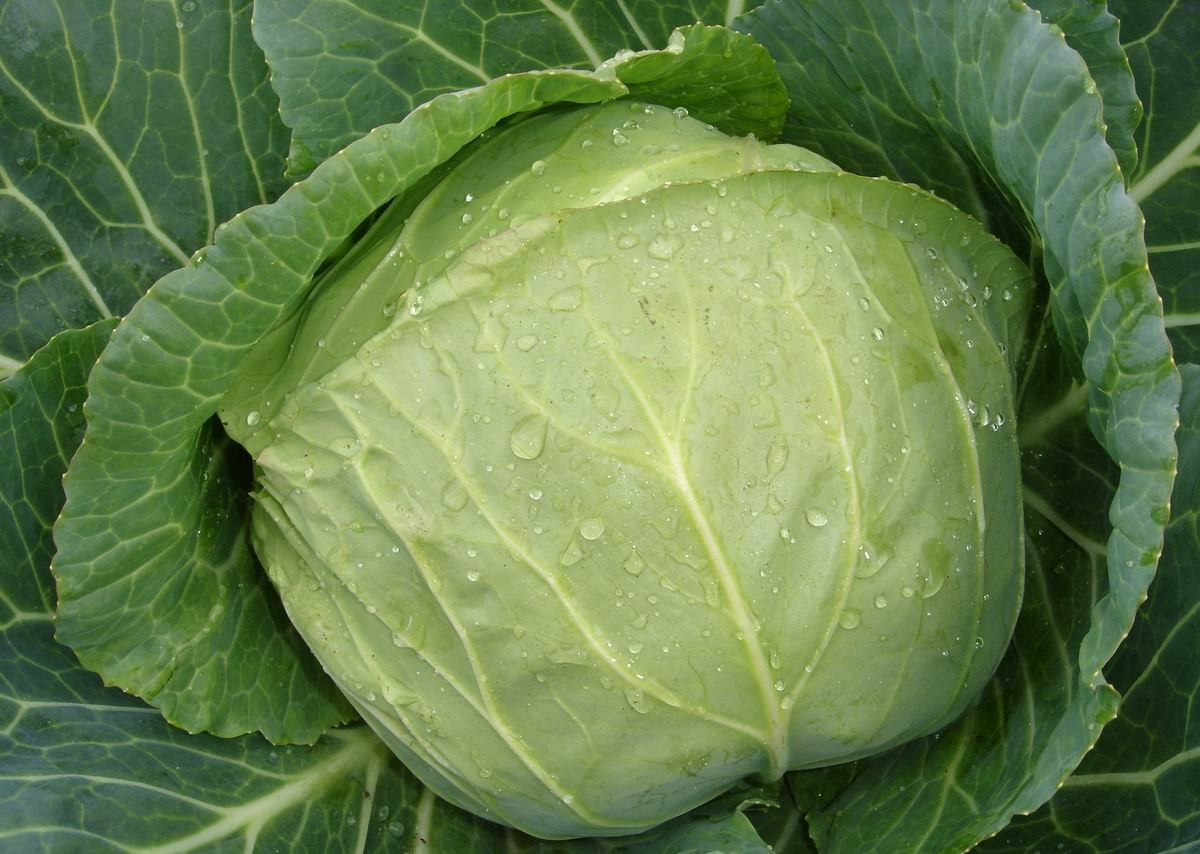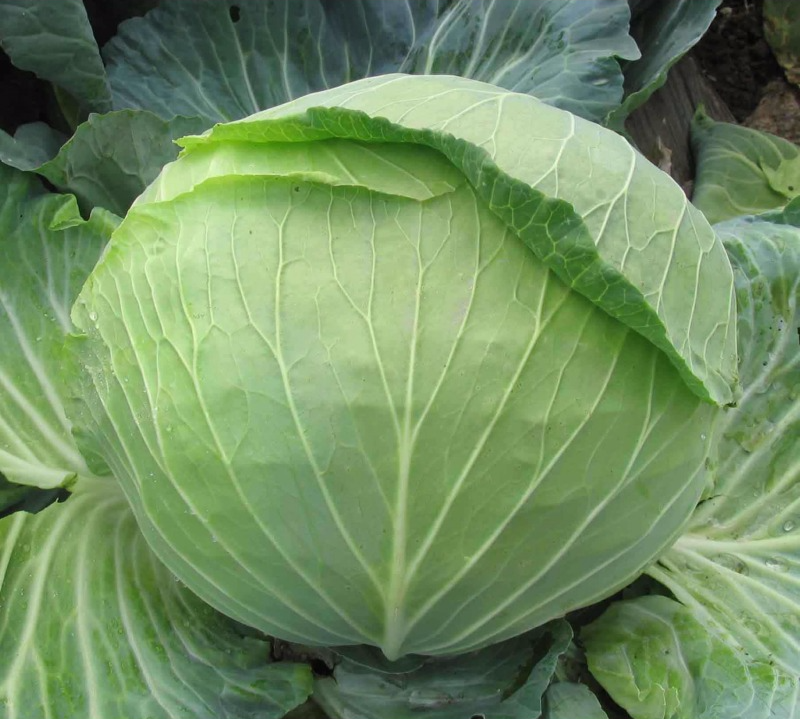Content:
On the private plots and dachas of Russian gardeners, Japanese cabbage is still considered exotic. However, the number of her fans is constantly growing. Often, cabbage is called a vegetable for the lazy: cultivation does not require much effort; it is possible to grow it on a windowsill in a flowerpot.
Description
Mizuna cabbage is cultivated as an annual, belongs to the Cruciferous family. The close relatives of the culture include Peking, they have almost the same composition and taste. Cabbage has other names in Australia and America:
- salad;
- Japanese mustard.
Cabbage leaves are placed on elongated thin petioles that are collected in a luxurious rosette. With development, a compacted bundle is formed. The variety of cabbage determines its color: from green to brownish red. The splendor and originality of the leaf blades deserves attention in garden decor.
Cabbage does not fork. The main value of the crop is nutritious leaves that grow constantly throughout the growing season.
Small yellow buds during flowering do not enhance the decorative effect of cabbage.
Mizuna is a hardy vegetable. Cabbage prefers drained, loose, fertile soil with a pH of 6.5 to 7.2.
Grown in a sunlit area or in partial shade. Planted after:
- legumes;
- beets;
- tomatoes;
- cucumbers;
- garlic;
- pepper.
The best varieties
Have Japanese cabbage Mizuna note several varieties that have proven themselves well in central Russia:
- Mizuna Green. Forms a luxurious rosette with feathery green foliage. An early-ripening fruitful variety is harvested 35-40 days after the emergence of shoots;
- Mizuna Red. It does not lag behind in any way in characteristics from the previous variety. Reaches a height of 40 cm, ripens 5 weeks after germination. It is characterized by the originality of the decorative leaves and their color. The purple guest from Japan is irreplaceable in landscape design. Looks spectacular on the dining table.
The State Register of Breeding Achievements of Russia recommends that gardeners grow the varieties Mermaid, Dude, Emerald Pattern.
Mermaid
The Little Mermaid cabbage takes about 2 months to ripen. Cabbage forms a powerful rosette of leaves, up to 70 cm in diameter. Mid-season cabbage has a yield: up to 1.7 kg per crop, from 1 m2 of area - up to 6.5 kg of healthy lettuce. Grown in open beds and in a greenhouse. In appearance, the leaves of a Japanese vegetable resemble a mermaid's tail. The plant is endowed with an openwork foliage, which is wrinkled and smooth. Distinctive features of cabbage: drought resistance, frost resistance, less susceptibility to shooting.
Dude
This is the merit of the breeders of the "Sedek" agricultural firm. Dude ripening takes place in a month. The mass of the plant is less, compared to the first variety: the rosette weighs 450 g, up to 4 kg - from 1 m2. Fast emergence after cutting is appreciated. Cut deep green leaves have a delicate taste. Ideal to saturate the body with vitamins in early spring.
Emerald pattern
The medium early variety appeared only in 2015 in the State Register of the Russian Federation. The foliage is collected in a rosette with a diameter of up to 60 cm, which rises to a height of 35 cm. The average size of lyre-shaped dissected cirrus leaves is green in color, smooth, with no wax coating and jagged edges. The yield of the Emerald Pattern is 5-5.2 kg per 1 m2 with a weight of 0.5-0.6 kg per vegetable.Advantages of the cabbage variety: resistance to flowering, pleasant green apple flavor.
Beneficial features
Russian consumers consider overseas cabbage to be a salad. It is in demand due to its composition of nutrients. It includes:
- vitamins PP, B1, B2;
- ascorbic acid;
- fiber;
- biologically active phosphorus, potassium, iron, calcium.
The incoming micro and macro elements make the cabbage healing. The Japanese noticed this property back in XVI century:
- increased immunity;
- reducing the risk of neoplasms;
- normalization of cholesterol, elimination of poisons and salts;
- improving bowel function and regulating water balance and metabolic processes in the body;
- strengthening of blood vessels, protects against the appearance of plaques;
- fight against vitamin deficiency in the spring and autumn period.
Cabbage is indicated for anemia and heart pathologies.
There were no contraindications to use in cabbage, except for individual intolerance.
Landing technology
To get a good harvest of cabbage Mitsun, it is important to adhere to the following agrotechnical rules:
- the plant is planted in the spring directly into the soil or on seedlings, however, replanting cabbage is possible until the end of the summer season, depending on weather conditions;
- due to the size of the seed, it is similar to poppy seeds, when planting, they are deepened by 0.5 cm, they maintain a distance in row spacings up to 30 cm;
- leave an interval between seeds of about 10 cm, with thickening of the plantings, thinning is carried out;
- covering crops with agrofibre will allow you to see the first shoots after a week;
- the ideal temperature regime for growing crops is + 14 ... + 20 ° С;
- the emergence of seedlings is a signal to remove the covering material and observe the cabbage;
- it is advisable not to overdo it with organic matter - the vegetable accumulates nitrates, it is better to refuse mineral dressings.
Care
Secrets leaving for Japanese salad are as follows:
- Track the condition of the soil. The beds are watered, but not poured. Mulch between the rows. Watering over the leaves provokes their decay. Overdrying the land is the reason for the shooting of the vegetable;
- Timely destroy weeds, which often cause damage to cabbage by harmful insects;
- Do not forget about the thinning of seedlings;
- For quick growth of green mass and recovery after pruning, top dressing is applied after 2 weeks. Wood ash is suitable for both fertilization and pest control. It is used for dusting cabbage, as well as for root feeding with an aqueous solution. Plants are not fed with nitrogen;
- The peculiarity of leaf culture is the short duration of daylight hours. You will need to cover the cabbage after lunch;
- The foliage is cut off entirely, small cuttings are left at the root. The greens grow back soon;
- Collect seeds when the variety is not hybrid.
Harvesting and storage
The shelf life of fresh Mizun foliage, as well as salads from it, is short. To prolong the storage of the cabbage, keep the root. In addition, harvesting a vegetable for the winter is suitable for enriching the menu. Mitsuni is salted, pickled and even dried.
The cabbage is harvested a month or two after planting. Both individual leaves and leaf rosettes are eaten. When pruning, small petioles are left - after 2 weeks they again feast on greens.
Cabbage is suitable for use in:
- salads;
- sandwiches;
- cake fillings;
- side dishes for meat and fish dishes;
- soups;
- you can immediately serve fresh to the table - prepare a vitamin salad or decorate.
Hermetic wrapping of the product with cling film will ensure the safety of the crop in the refrigerator for 7 days.
Compliance with the growing conditions for Mizuna cabbage will allow novice vegetable growers to enrich their diet with vitamins throughout the year. In addition, an Asian woman will become a decoration of a personal plot.
